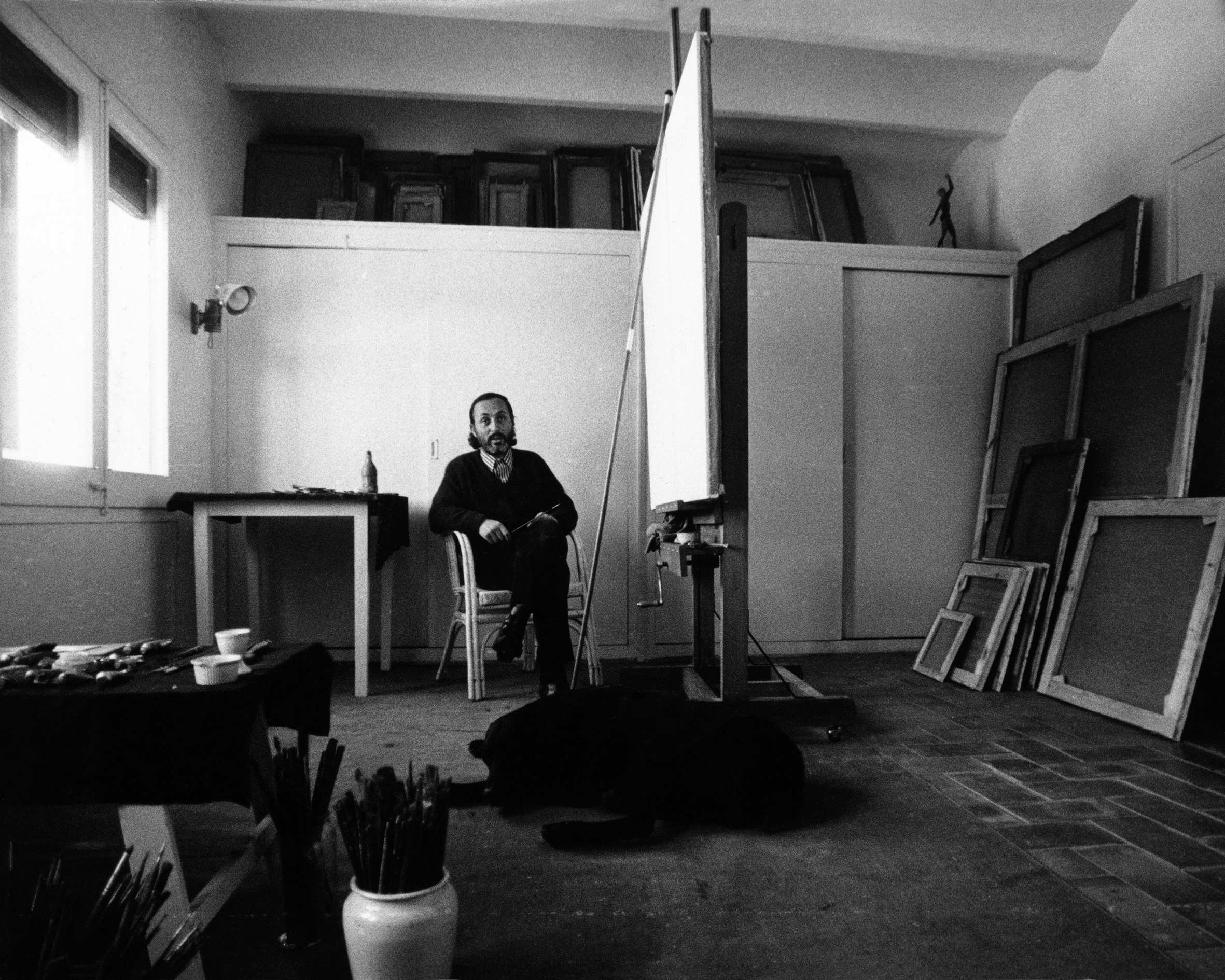
Casa Nereta
Visions of the Mediterranean
Just as a place can inspire certain visions, sometimes an evocation shapes the space itself. Casa Nereta was the primordial nest of Joan Ponç’s (1927-1984) pictorial universe. Today, it welcomes guests as a hotel, standing out against the coastline of Cadaqués. Here, an invisible connection is forged between lucidity and memory.
Imagine emptiness. An unfathomable white on the canvas. Nothing surfaces from your subconscious worthy of tainting the fabric. Yet, you persist. You hesitate, your frustrated strokes breaking into bewildered stains until you need to turn away from the attempt. You collapse onto the mattress. Suddenly—or perhaps too late—the light changes. The atmosphere shatters; you hear the static of the sea roaring in your ears, as if a thousand reverberating oceans were pouring into your eardrum. A seductive wakefulness seizes you, and you hurl the brush with fury. Still lifes emerge, blue castles, grand chess boards, alien minstrels, iridescent polyhedrons, faces and landscapes made of voids, mosaics, and geometric suites.

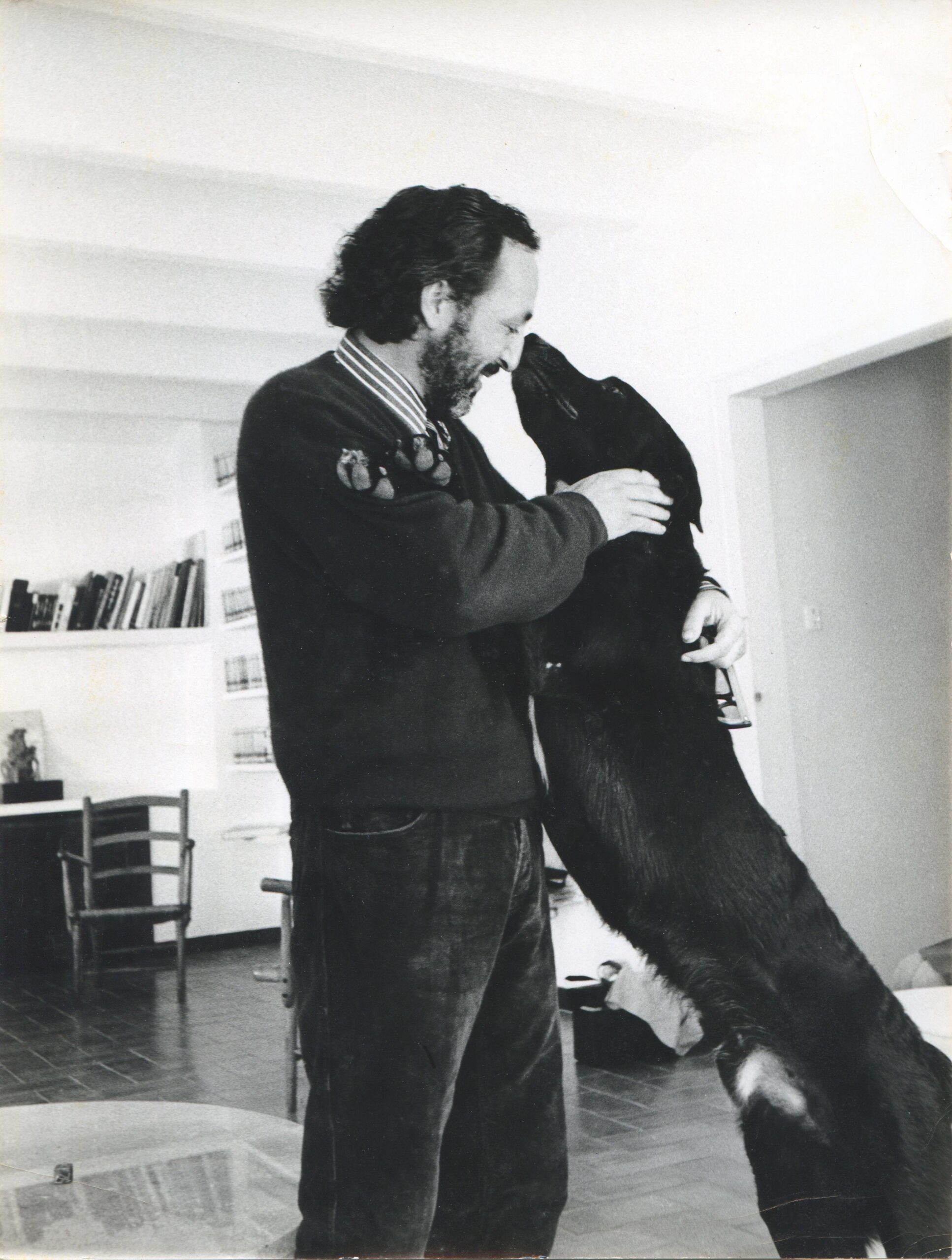
The sound of the ferrule striking the frame startles you awake—the painting is already full. The hazy hours following a joyful meal have carried you from drowsiness to delirium, transcending into a pre-lucid, symbolic dream. The shifting shadows of a curtain in Casa Nereta snake across the walls, responding to your revelations.
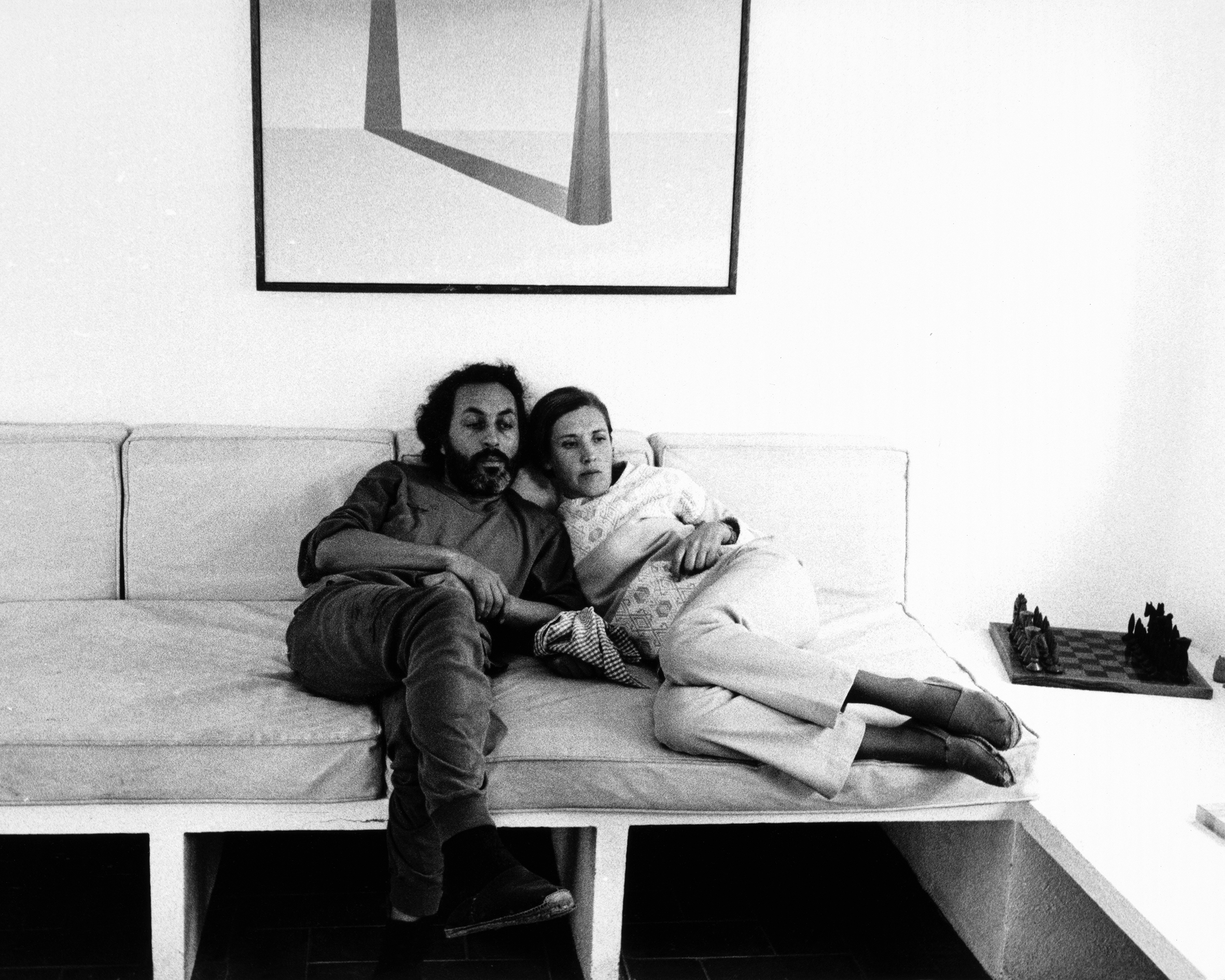
This lodging was once home to the surrealist painter Joan Ponç (1927-1984), a member of the avant-garde movement Dau al Set. Here, in the dimness of its rooms, Ponç captured his imaginary perceptions on paper, like a tribe member drawing sequences of unnameable signs in a cave. “My grandfather, the painter Joan Ponç, bought this house in the 1960s; it had been built barely a decade earlier. At the time, it was a guesthouse, and my grandfather transformed it into his home and studio,” explains James Pons, the artist’s grandson and director of Casa Nereta. “In the early ’90s, my mother, the artist Romy Pons Ruiz, decided to open a boutique hotel here, inspired by Formentera and the purest Balearic style.”


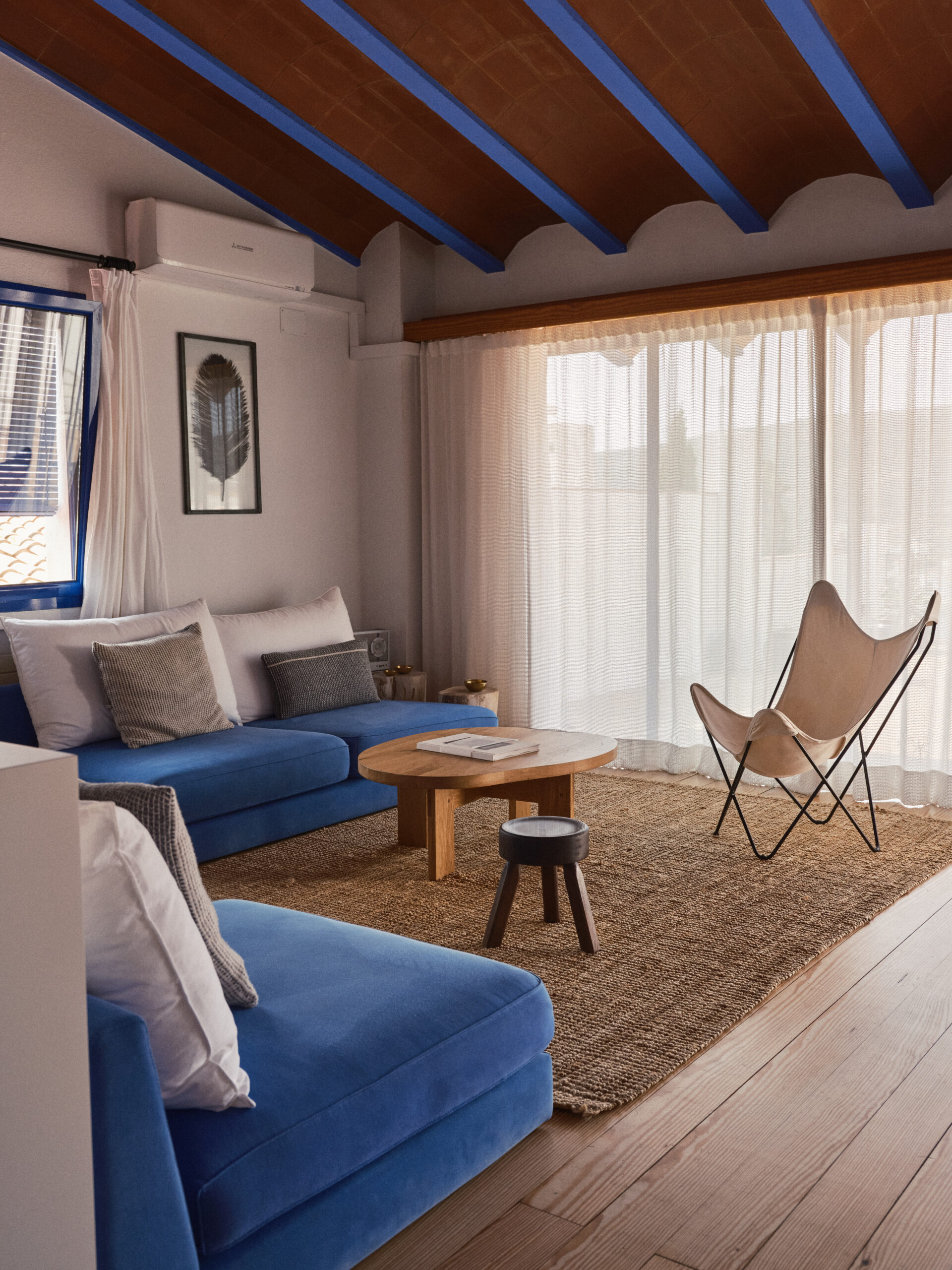
Over the years, Ponç’s work has been exhibited in museums and galleries across New York, Barcelona, Madrid, São Paulo, Paris, and Frankfurt, as well as in key locations along his life’s journey, such as Céret, at the foot of the Eastern Pyrenees. Today, much of his legacy is scattered.
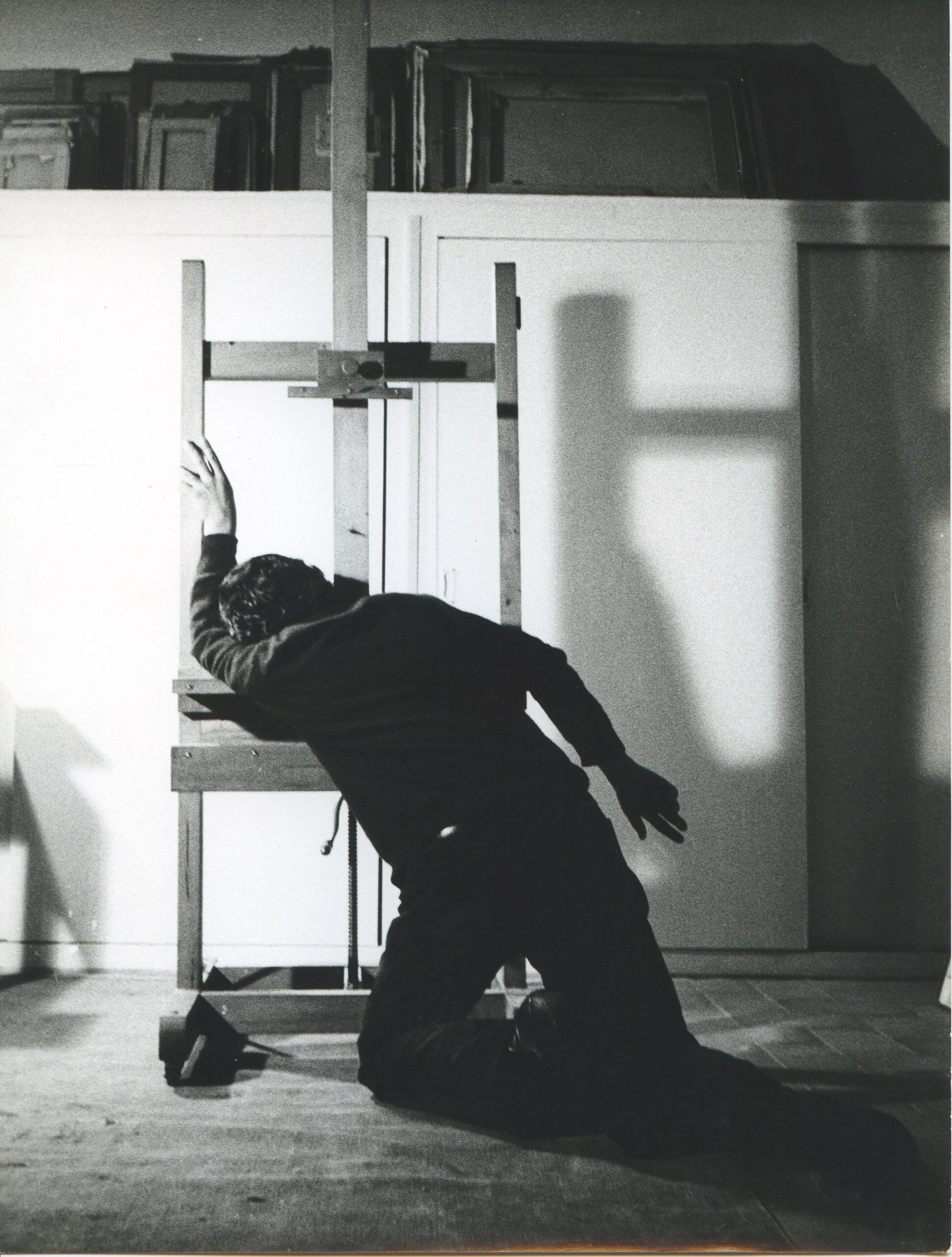

In an effort to reclaim his imprint, James and Romy have decided to establish the Joan Ponç Foundation. The idea is to continue promoting the artist’s legacy through itineraries, artist residencies, publications, and various exhibitions of his extensive body of work. Conceived as a tribute to the painter, the foundation aims to serve as a meeting point for artists and thinkers who share his visionary spirit. Within Ponç’s cosmic universe, Casa Nereta rises like a beacon of inspiration, projecting his art to reach new generations. “This is a house of artists,” James notes. “Dalí, Duchamp, and Man Ray have all stayed here. These walls hold years of anecdotes and talent. Casa Nereta offers a space for relaxation and enjoyment in a setting as fascinating as Cadaqués, but we know this place radiates inspiration, and we want to enhance that. We want those who stay here to truly feel its special essence—a place where art, design, and certain rituals, such as coffee, natural wines, and soulful spaces, are celebrated.”

Of course, creativity seeps through these walls. It is only natural that you have been possessed by that magical clarity, suspended between wakefulness and delirium. The afternoon begins to break. The breeze whispers it to you: the window is a canvas. You walk among curved forms and soft edges, thinking of Rudolf Steiner and the conjuring of space, until you reach the spherical terrace overlooking the entire village. You stir your spoon inside the cup, murmuring the word ritual with a slight smile as the aroma rises to your nostrils.
Without thinking, you grab a notebook, and in a single breath, charcoal gathers into lines, spirals, and circles—echoes of encounters with the night and distortions of reality. Suddenly, everything is effortless. You amuse yourself with the thought that, in some way, the scene you are sketching recalls a painting by Joan Ponç, Nocturn (1950). The painting commemorates a boat trip the artist took with poet J.V. Foix, from Port de la Selva to Portlligat, to visit Salvador Dalí. A gust of tramuntana wind makes you lift your head for a moment. You hear idle conversations and the first chords of a concert at the hotel. It is all there: the night, the ever-renewing sea, and the inevitability of the impossible.



